What Your Roof Says About Your Home’s Overall Health
Melissa Russell • November 14, 2025
Learn how your roof reflects your home’s overall health. From shingle wear to hidden moisture issues, discover the signs your roof gives and how Ron Russell Roofing keeps your home protected from the top down.
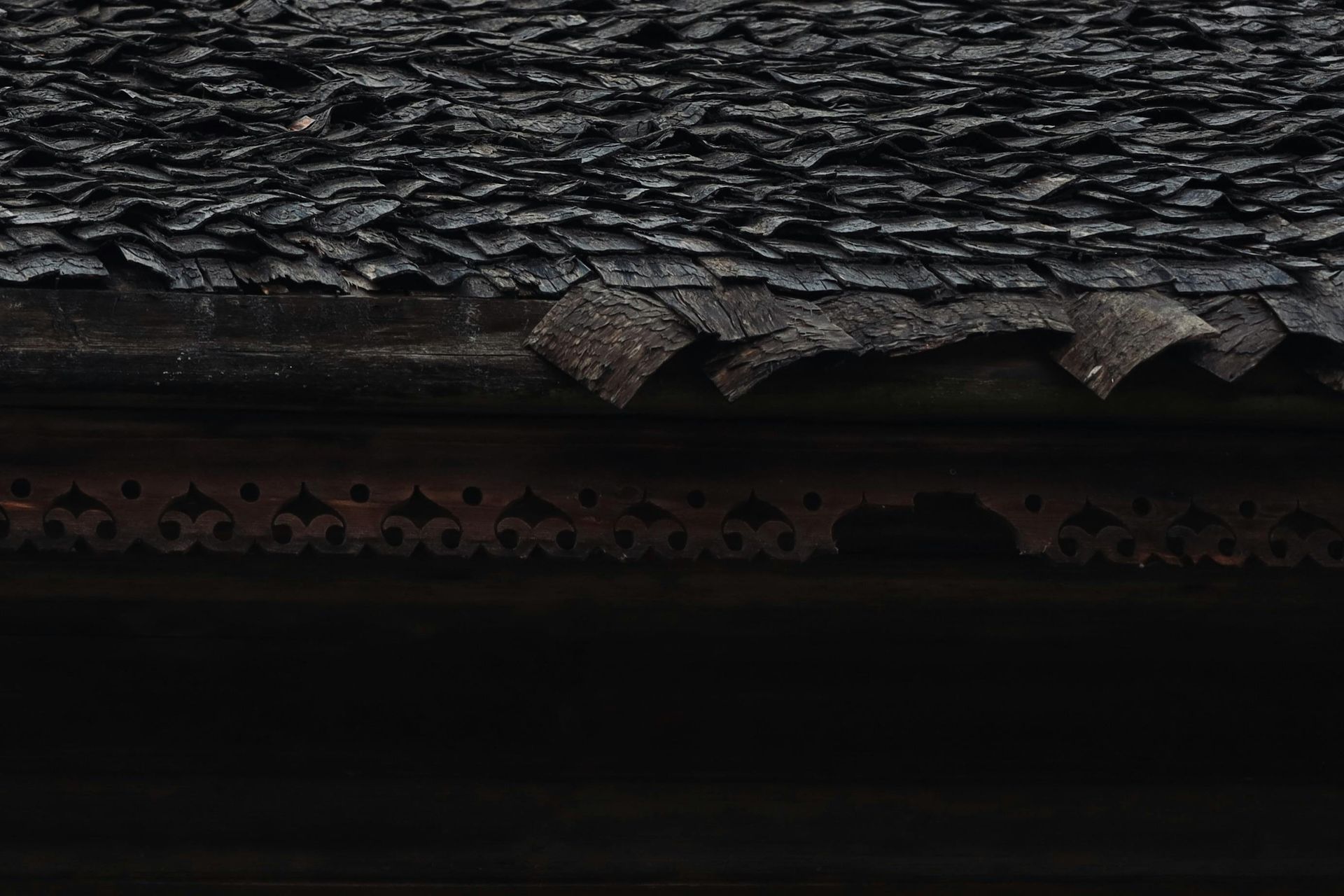
Your roof does more than protect you from rain and weather — it quietly reveals a lot about the condition of your entire home. When something is wrong with the roof, there’s almost always a deeper issue hiding underneath. Paying attention to the signals your roof gives can save you from costly repairs down the road and help maintain your home’s long-term health.
1. Shingle Wear Signals Aging or Structural Stress
Curling, cracking, or missing shingles don’t happen randomly. They often point to bigger concerns such as:
- Aging materials nearing the end of their lifespan
- Poor attic ventilation, causing shingles to overheat
- Structural movement, which can shift or loosen shingles
If multiple areas of your roof show this kind of wear, it’s your home’s way of saying it needs attention — not just at the surface, but possibly in the layers below.
2. Stains or Dark Streaks Indicate Moisture Problems
Dark streaks, moss, or algae might seem cosmetic, but they often signal deeper issues:
- Trapped moisture, which can lead to mold
- Shingle deterioration, reducing protection
- Water retention, which may cause leaks
Moisture problems are among the biggest threats to your home’s overall health because they spread quickly and quietly.
3. Sagging Areas Suggest Structural Damage
A roof that appears uneven or sagging is a serious warning sign. It may point to:
- Water-damaged decking
- Compromised support beams
- Excessive weight from layers of old roofing
This is a situation that should be inspected immediately, as structural issues can affect your safety and your home’s long-term stability.
4. Granules in Gutters Reveal Material Breakdown
If you notice a buildup of granules in your gutters, your shingles are wearing down faster than they should. This can mean:
- UV damage
- Storm wear and tear
- Aging asphalt shingles
Granule loss reduces your roof’s ability to protect against heat, storms, and moisture — all key elements of your home’s health.
5. Interior Signs Point to Hidden Roof Problems
Your roof speaks through your home’s interior, too. If you’re seeing:
- Ceiling stains
- Peeling paint
- Musty odors in the attic
…these are often the first clues of roofing issues that haven’t surfaced outside yet.
6. Consistent Energy Spikes Can Link Back to Roofing Issues
Your roof regulates more than weather — it impacts your home’s efficiency. If your energy bills keep climbing, your roof may be telling you:
- Insulation is failing
- Ventilation is insufficient
- Air is escaping where it shouldn’t
A healthy roof helps maintain stable indoor temperatures year-round.
Final Thoughts
A well-maintained roof is one of the strongest indicators of a healthy home. When you pay attention to the early signs — from shingle condition to indoor moisture — you protect the entire structure and avoid major repairs later.
At Ron Russell Roofing Inc., we help homeowners understand what their roof is trying to tell them. Whether you need an inspection, repair, or replacement, our experienced team is here to keep your home strong from the top down.
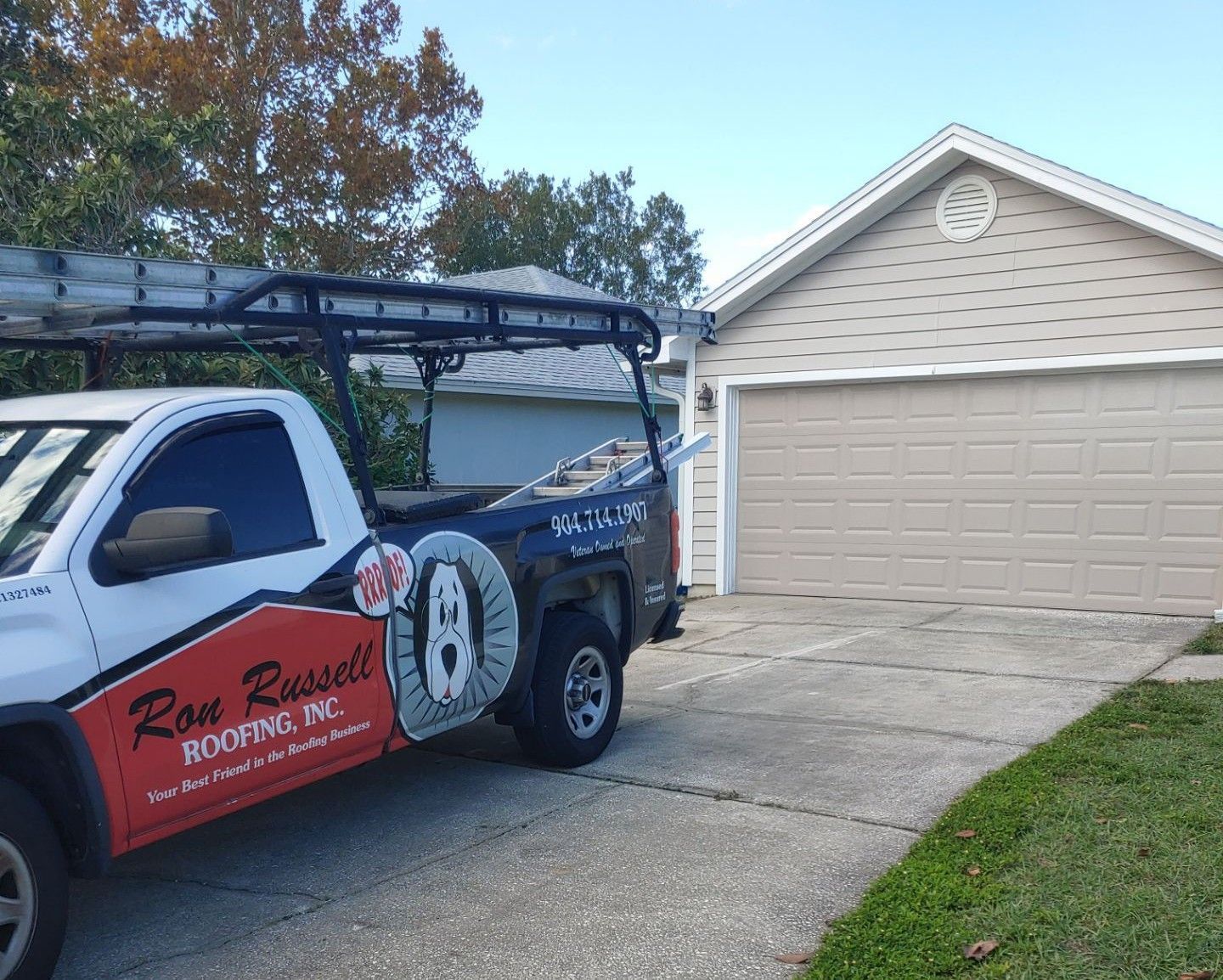
When it’s time for roof repair or replacement, choosing a local roofing company can make all the difference. Local roofers bring more than just skill — they bring firsthand knowledge of your area’s unique weather , building codes , and architectural styles . A local team understands the challenges your roof faces throughout the year, from summer heat and humidity to strong seasonal storms. They know which materials hold up best in your climate and can recommend options proven to last. Plus, local contractors are familiar with permitting requirements and HOA guidelines , saving you time and stress during the process. Working with a nearby company also means better accountability . You’re not dealing with out-of-town storm chasers or call centers — you’re working with professionals who live and work in your community and stand behind their craftsmanship. At Ron Russell Roofing Inc. , we take pride in being your trusted local roofing experts. We’ve built our reputation on honesty , quality , and long-term relationships — because our neighbors deserve nothing less.
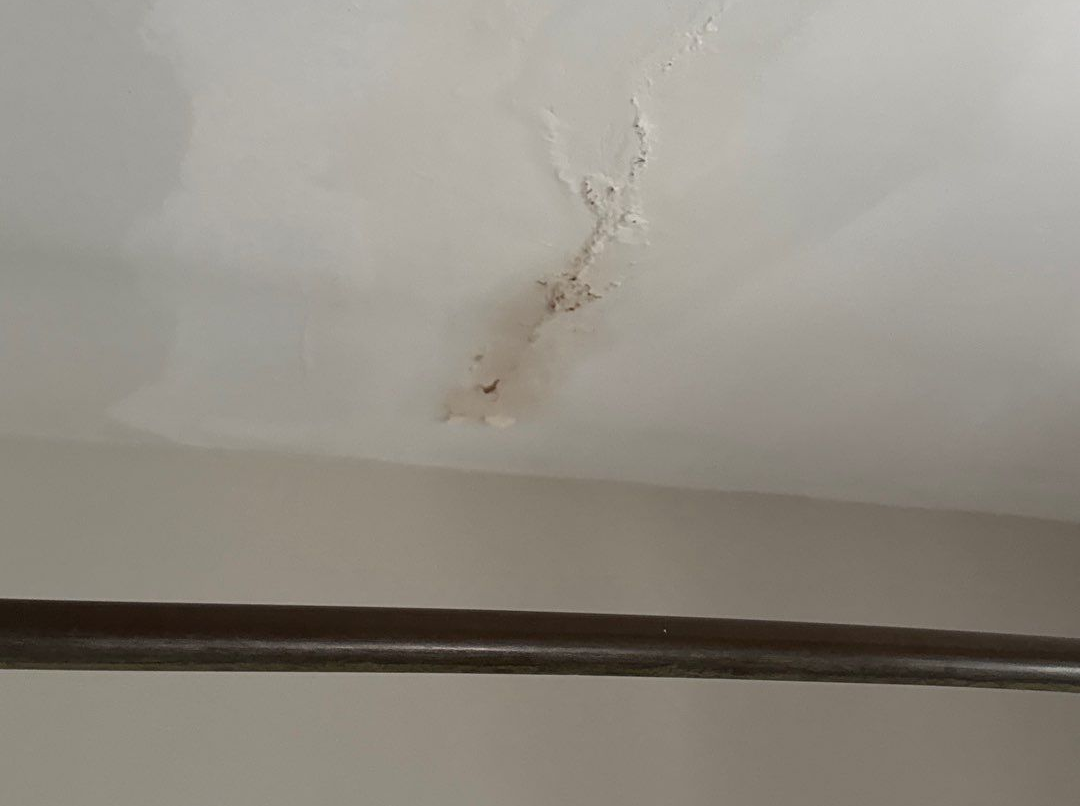
Roof leaks can lead to costly damage if they’re not caught early. Knowing what causes leaks can help you prevent problems before they start. Here are the most common reasons roofs leak — and how to stay ahead of them. 1. Aging Shingles Over time, shingles crack, curl, or lose protective granules, allowing water to seep in. Prevention: Have your roof inspected regularly and be aware of your roof’s age. 2. Storm Damage Strong winds and hail can loosen or remove shingles. Prevention: Check your roof after storms and replace damaged shingles quickly. 3. Worn or Loose Flashing Flashing around chimneys, skylights, and vents is a common leak point when it deteriorates. Prevention: Ensure flashing is checked during routine roof maintenance. 4. Clogged Gutters If gutters overflow, water can back up under the shingles. Prevention: Clean gutters at least twice a year to keep water flowing properly. 5. Failing Vent Pipe Seals Rubber vent boots crack and break down over time. Prevention: Inspect vent pipes and replace worn boots when needed. 6. Ice Dams (Cold Climates) Ice buildup along the roof edge can force water beneath shingles. Prevention: Proper attic ventilation and insulation can help prevent ice dams. Bottom Line Small issues can turn into roof leaks quickly. Regular inspections and maintenance are the best way to protect your home. If you suspect a problem, addressing it early can prevent costly repairs later.
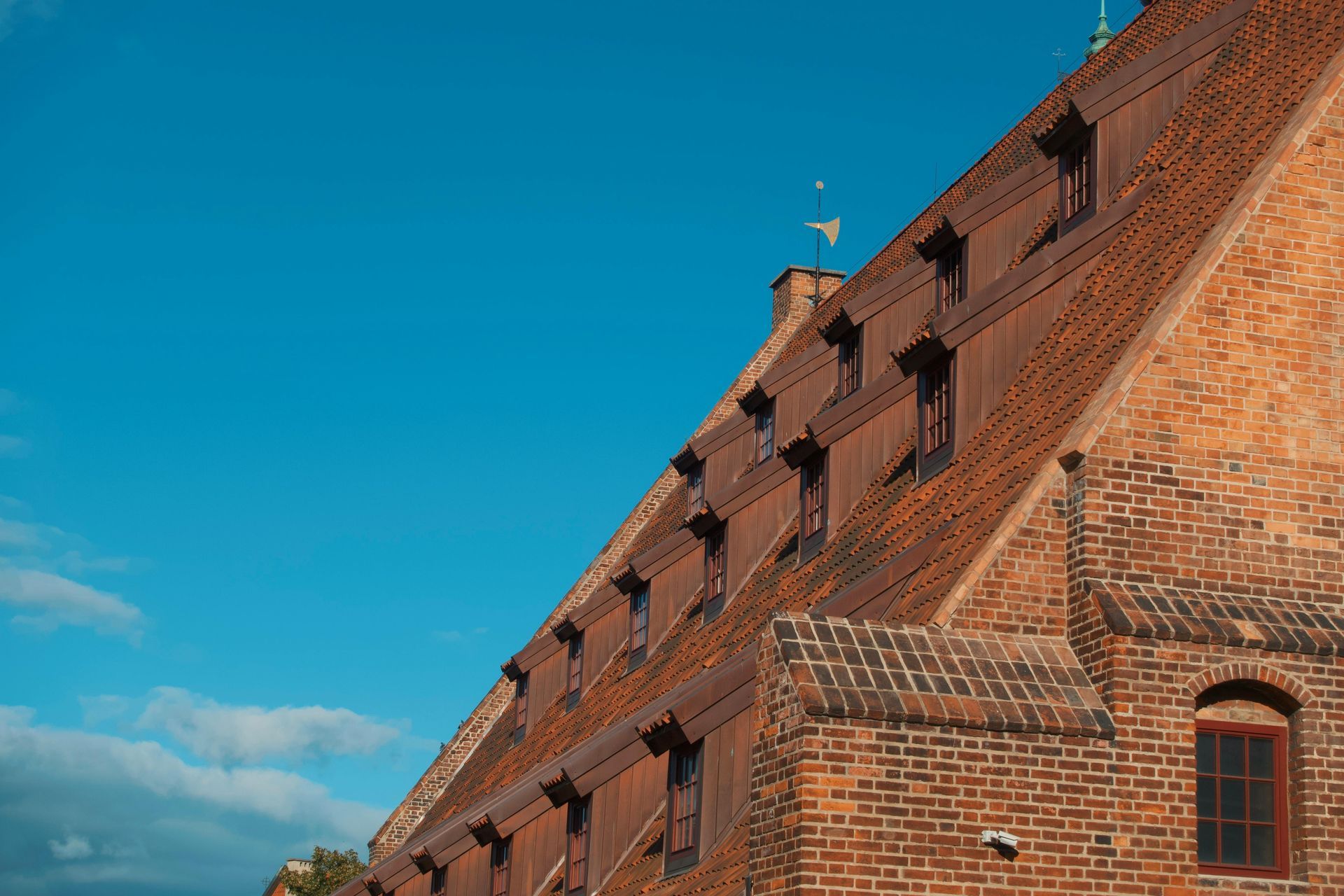
Understanding Roof Pitch and Why It Matters When it comes to your roof, roof pitch — the slope or steepness — plays a big role in your home’s safety, durability, and appearance. What Is Roof Pitch? Roof pitch is the angle of your roof, expressed as a ratio of rise over run. For example, a 4:12 pitch means the roof rises 4 inches for every 12 inches of horizontal distance. Low-pitch roofs: 2:12–4:12, gentle slope Medium-pitch roofs: 4:12–9:12, common on most homes High-pitch roofs: 9:12+, steep and dramatic Why Roof Pitch Matters 1. Water Drainage Steeper roofs shed rain and snow more efficiently, while low-pitch roofs need durable, water-resistant materials to prevent leaks. 2. Roofing Material Options Some materials work better with certain pitches: Asphalt shingles: medium to steep roofs Metal roofing: versatile but needs proper installation on low slopes Flat or very low-pitch roofs: require materials like TPO or EPDM 3. Home Appearance Pitch affects curb appeal: steep roofs give a dramatic look, while low-pitch roofs create a modern, sleek style. 4. Maintenance & Safety Steep roofs are harder to maintain safely, while low-pitch roofs need regular checks to avoid water pooling and damage. How to Find Your Roof Pitch You can measure your roof with a level and tape measure, but the safest method is to have a professional roofing contractor assess it. They can recommend the best materials and maintenance approach for your home. Bottom Line Understanding your roof pitch helps you make smarter decisions about repairs, replacement, and maintenance. It’s a key factor in protecting your home and keeping it looking great for years to come.

What Sets Professional Roofers Apart from Handymen When a roofing issue pops up, it can be tempting to call the neighborhood handyman — especially if it seems like a small fix. But when it comes to protecting your home, not all repairs are created equal. Your roof is one of the most important (and expensive) parts of your house, and who works on it matters. Here’s what truly sets professional roofers apart from handymen. 1. Licensing and Certification Professional roofing contractors are licensed, insured, and certified to perform roofing work that meets state and manufacturer standards. Handymen, on the other hand, typically aren’t licensed for roofing. That means any work they do may not meet code requirements — and it could void your roof’s warranty. 🏠 In Florida: Only licensed roofing contractors can legally perform roof repairs or installations. 2. Roofing-Specific Training Professional roofers spend years mastering roofing systems, materials, and installation techniques. They know how to properly seal flashing, manage ventilation, and handle structural details that a general handyman might overlook. A handyman might be handy with tools — but roofing takes specialized skill and experience to ensure long-term protection from leaks and storm damage. 3. Access to Quality Materials Certified roofers have direct access to manufacturer-grade materials that aren’t sold to the general public. They know which materials hold up best in Florida’s climate and are trained to install them to exact manufacturer specs — which keeps warranties valid . Handymen often use off-the-shelf products that may not last as long or perform as well. 4. Warranties and Guarantees When you hire a licensed roofer, you get more than just a repair — you get peace of mind. Professional roofers back their work with labor and material warranties, ensuring you’re covered if issues arise later. Handyman work typically comes with no warranty or accountability once the job is done. 5. Safety and Liability Roofing is dangerous work. Professional roofers are trained in jobsite safety and carry insurance that protects both their crew and your property. If an unlicensed handyman gets hurt while working on your roof, you could be held liable. Hiring a professional eliminates that risk. 6. Long-Term Value While hiring a handyman might seem cheaper upfront, poor-quality roof work can lead to leaks, water damage, and expensive repairs later on. A professional roofer ensures the job’s done right — saving you time, stress, and money in the long run. The Bottom Line Your roof is too important to gamble on. A professional roofing contractor brings experience, accountability, and craftsmanship that no handyman can match. At Ron Russell Roofing, our licensed team uses top-quality materials, precise installation methods, and industry-leading warranties to protect your home from Florida’s toughest weather. 📞 Get your free quote today: 👉 www.RonRussellRoofing.com
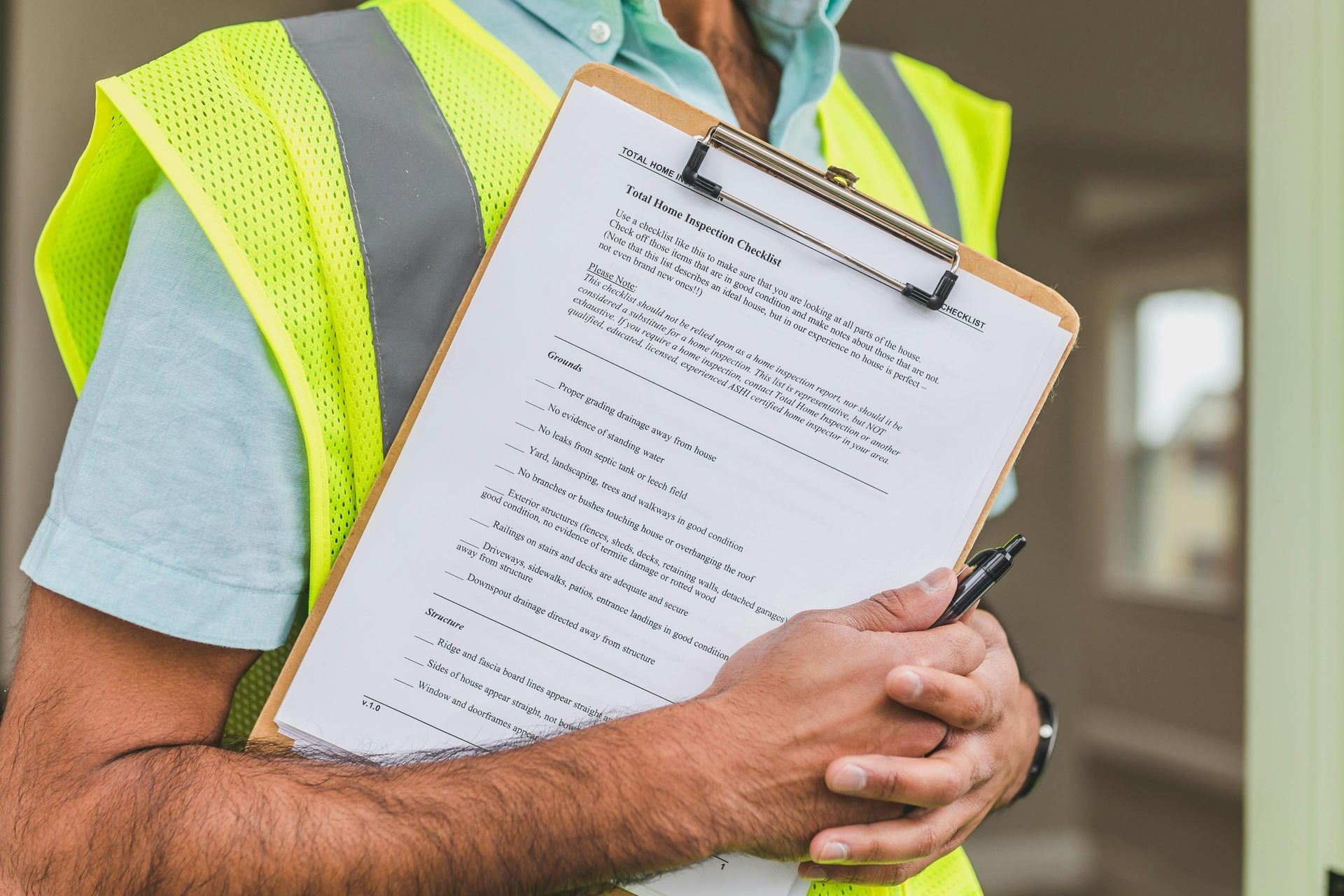
5 Roofing Red Flags Home Inspectors Look For Whether you’re buying, selling, or just keeping up with maintenance, your roof is one of the most important parts of any home inspection. It’s also one of the first things inspectors look at — because roofing issues can signal expensive repairs or hidden damage below the surface. Here are five roofing red flags home inspectors pay close attention to (and that every homeowner should, too): 1. Missing or Damaged Shingles Loose, cracked, or missing shingles are one of the most obvious signs of roof wear. Inspectors flag these right away because they allow water to enter the roof system, leading to leaks and wood rot. 💡 Pro Tip: After any storm, check your roof for missing shingles or debris — especially around edges and valleys. 2. Sagging Rooflines If the roofline looks uneven or dips in certain areas, it can indicate structural issues beneath the surface. Sagging often means there’s long-term moisture damage or weakened roof decking — both of which can get expensive if ignored. 3. Damaged or Improper Flashing Flashing is the thin metal installed around chimneys, vents, and valleys to keep water out. When it’s loose, corroded, or improperly sealed, water can slip in and cause hidden damage. 🧰 Quick Fix: A simple flashing repair can prevent thousands in water damage later. 4. Poor Ventilation A home inspector will always check attic ventilation. Without proper airflow, heat and moisture build up under the roof, causing shingles to age prematurely and increasing the risk of mold. 🌡 Sign to Watch For: A hot, stuffy attic — or shingles that curl or blister. 5. Water Stains or Interior Leaks Water stains on ceilings or in the attic are a sure sign that water is getting past the roof system. Even if the leak looks minor, inspectors will flag it because it often points to a bigger issue with flashing, shingles, or underlayment. The Bottom Line A clean roof inspection can make or break a home sale — or save you from surprise repairs later. Catching these red flags early helps protect your home’s value and keeps your roof performing its best. At Ron Russell Roofing, we know what home inspectors look for — and we fix issues before they become deal-breakers. From small repairs to full replacements, our experienced team ensures your roof passes inspection with confidence. 📞 Get your free quote today: 👉 www.RonRussellRoofing.com
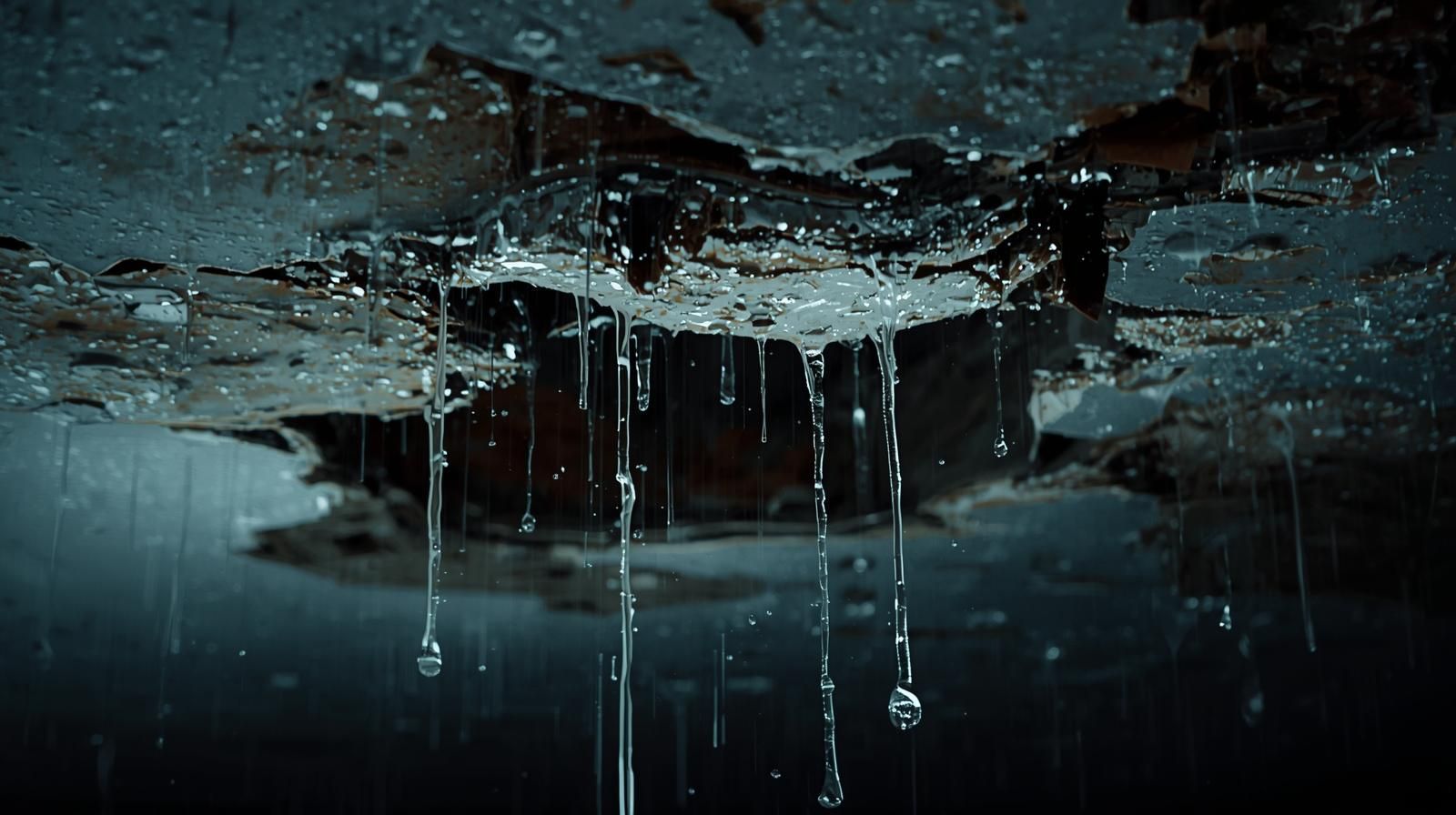
What Happens If You Ignore a Roof Leak? It starts with a tiny drip. Maybe a faint water spot on the ceiling. You tell yourself you’ll get it checked later — but before you know it, “later” turns into costly damage. Ignoring a roof leak, even a small one, is one of the most expensive mistakes homeowners can make. Here’s what can happen if you let it go too long: 1. Hidden Water Damage Spreads When water sneaks past your roof, it doesn’t stay put. It seeps into insulation, wood framing, and drywall — quietly causing damage you can’t see from the outside. Over time, this weakens your home’s structure and leads to costly repairs. 💧 Tip: If you see ceiling stains, peeling paint, or a musty smell, water is already moving where it shouldn’t. 2. Mold and Mildew Growth Moisture from a roof leak creates the perfect breeding ground for mold and mildew. These can grow behind walls and ceilings, spreading quickly and creating potential health concerns for your family — especially in Florida’s humid climate. 3. Insulation Damage When insulation gets wet, it clumps and loses its effectiveness. That means your home won’t stay as cool in summer or as warm in winter — and your energy bills will rise. 🌡 Bonus: Replacing damaged insulation after fixing a leak can actually save you money long-term by restoring energy efficiency. 4. Roof Structure Weakens Wood rafters, decking, and underlayment can rot if exposed to ongoing moisture. Left unchecked, this can compromise the roof’s integrity, requiring major repairs — or even a full replacement — sooner than expected. 5. Interior Damage Gets Worse A small drip might only cause a few ceiling stains at first, but over time, you could see bubbling drywall, damaged flooring, or even electrical hazards if water reaches wiring or fixtures. 6. Repairs Get More Expensive The longer you wait to address a roof leak, the bigger the repair bill becomes. What could’ve been a simple patch may turn into replacing entire roof sections — or repairing structural damage inside the home. The Bottom Line: Don’t Wait Even a “minor” roof leak is never minor for long. Acting quickly protects your home, prevents health issues, and saves you money in the long run. At Ron Russell Roofing, we specialize in finding the source of roof leaks — not just the symptoms — and providing lasting, high-quality repairs that stand up to Florida’s tough weather. 📞 Get your free quote today: 👉 www.RonRussellRoofing.com
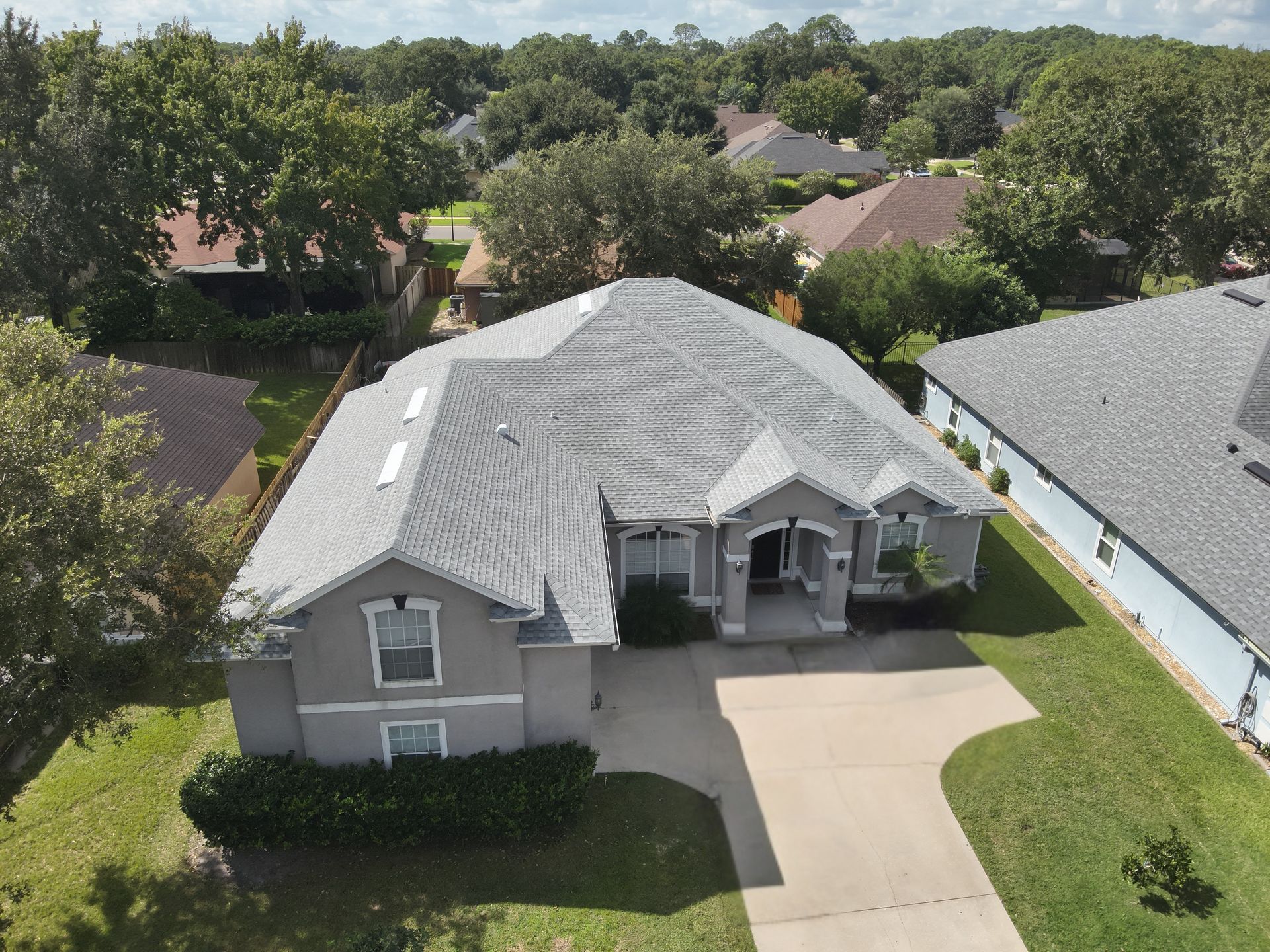
How to Keep Your Roof Looking New Year After Year Your roof does more than protect your home — it’s also a major part of your home’s curb appeal. Over time, Florida’s sun, rain, and humidity can take a toll, leaving your roof looking faded or worn. With the right maintenance routine, though, you can keep it looking great and performing even better for years to come. Here’s how to preserve your roof’s appearance and extend its lifespan: 1. Schedule Regular Roof Inspections A professional inspection once or twice a year can catch small issues before they become big problems. Loose shingles, lifted flashing, or early signs of algae growth are easy to address when found early. 🛠 Pro Tip: Schedule inspections after major storms — even if your roof looks fine from the ground. 2. Keep Gutters Clean Clogged gutters cause water to back up and pool along roof edges, leading to rot, staining, and mold. Cleaning them out at least twice a year helps prevent water damage and keeps your roofline looking sharp. 3. Remove Algae and Debris Safely Dark streaks or green patches on shingles are usually caused by algae or moss — common in Florida’s humid climate. These growths don’t just affect appearance; they can also shorten your roof’s life by holding moisture. 💧 Avoid harsh cleaning methods that can damage shingles. Instead, ask a professional roofer about safe roof cleaning products or treatments designed to gently remove buildup without harming materials. 4. Trim Overhanging Branches Branches that hang over your roof drop leaves, trap moisture, and create a shady environment perfect for algae growth. Trimming them back allows sunlight and airflow to help your roof stay dry and clean. 5. Address Minor Repairs Promptly Small cracks or loose shingles can quickly turn into leaks and larger problems. Don’t wait until damage is visible inside your home — a quick repair now can save thousands later. 6. Choose Quality Materials When it’s time for a replacement, invest in high-quality, UV-resistant roofing materials. In Florida’s heat, durable materials maintain color and resist cracking far better than cheaper options. Keep Your Roof in Top Shape A well-maintained roof not only looks beautiful but also adds value and protection to your home. At Ron Russell Roofing, we use top-tier materials and expert craftsmanship designed for Florida’s demanding climate. Whether you need an inspection, roof repair, or full replacement, our experienced team is here to help. 📞 Contact us today 904-714-1907 👉 Request a quote www.RonRussellRoofing.com
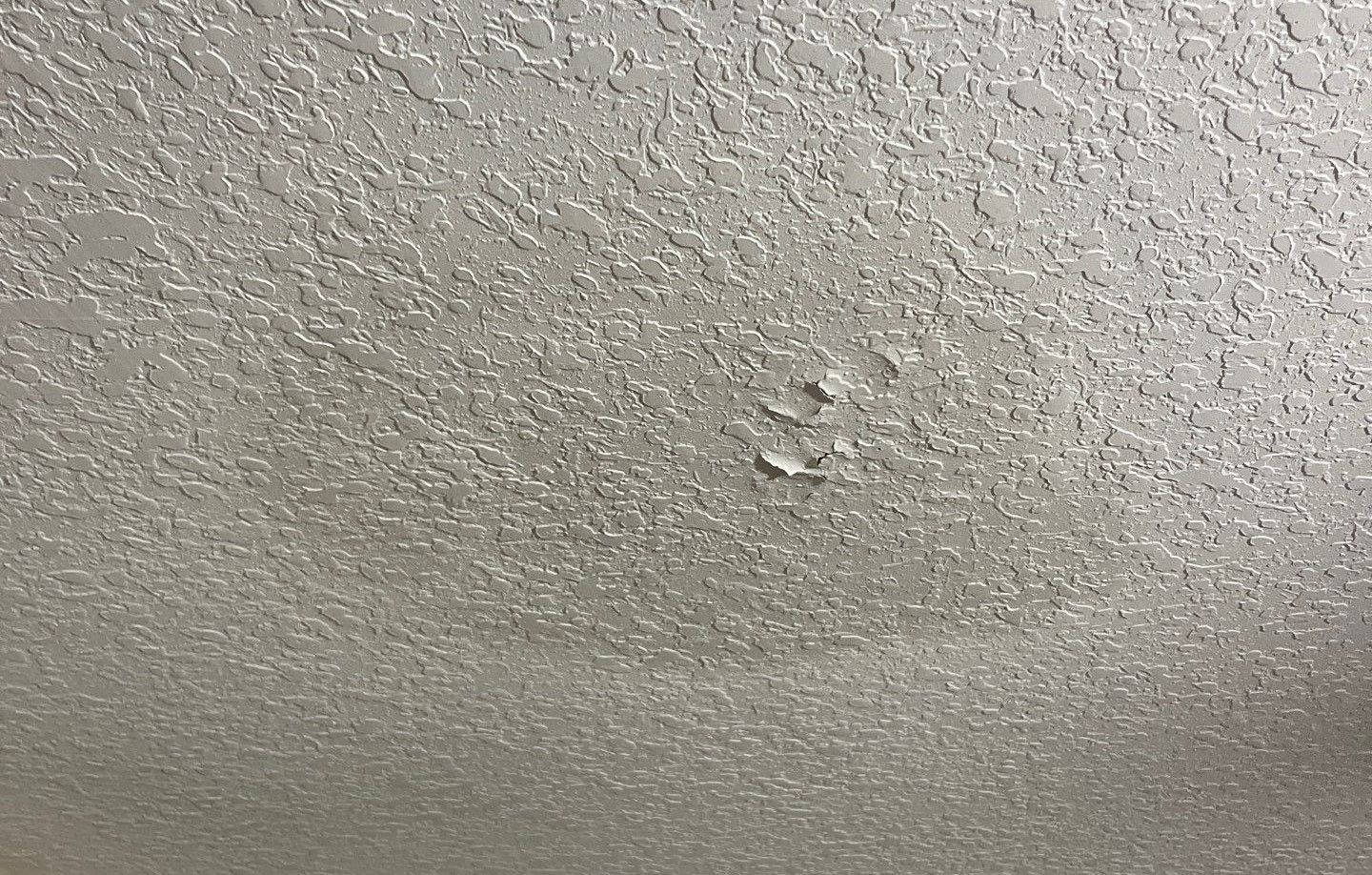
A roof leak doesn’t always start with a puddle on the floor. In fact, most leaks begin small — hidden behind walls, in the attic, or under shingles — and can silently cause thousands of dollars in damage if left unchecked. Here’s how to spot the warning signs early and keep your home safe and dry. 1. Look for Ceiling or Wall Discoloration Small yellow or brown stains on your ceiling or walls often mean water has already made its way in. These spots typically show up near corners, light fixtures, or vents — anywhere moisture can collect. 2. Check Your Attic After Heavy Rain Your attic often tells the truth first. Bring a flashlight and look for damp insulation, dark streaks on wood, or a musty odor. Catching these signs early can prevent the need for costly structural repairs. 3. Inspect Shingles from the Ground Shingles that are curling, cracked, or missing can allow water to seep underneath the surface. After a storm, step outside and scan your roof — if you notice damage, it’s time for a professional inspection. 4. Pay Attention to Roof Flashing and Penetrations Flashing seals the edges around chimneys, skylights, and vents — and it’s one of the most common sources of hidden leaks. If flashing is rusted, loose, or cracked, water can slip through even the smallest gap. 5. Notice Algae or Mold Growth Dark streaks, green patches, or moss indicate trapped moisture. That moisture can slowly deteriorate shingles and lead to interior leaks over time. 6. Watch for Changes in Your Energy Bills A sudden increase in cooling or heating costs can be a hidden clue — wet insulation in your attic no longer works efficiently, often due to a slow leak above. 7. Schedule Regular Roof Inspections Even the most careful homeowner can miss early leak signs. A professional roofing inspection from Ron Russell Roofing can detect weak spots, damaged materials, and potential trouble areas before they become emergencies. Protect Your Home Before It’s Too Late A small leak today can turn into a major repair tomorrow. If you’ve noticed any of these warning signs, don’t wait — schedule a roof inspection with Ron Russell Roofing Inc. Our experienced team proudly serves homeowners across Central Florida, providing quality craftsmanship, honest communication, and roofs built to last. 📞 Call us today at 904-714-1907 or request your inspection online: 👉 www.RonRussellRoofing.com
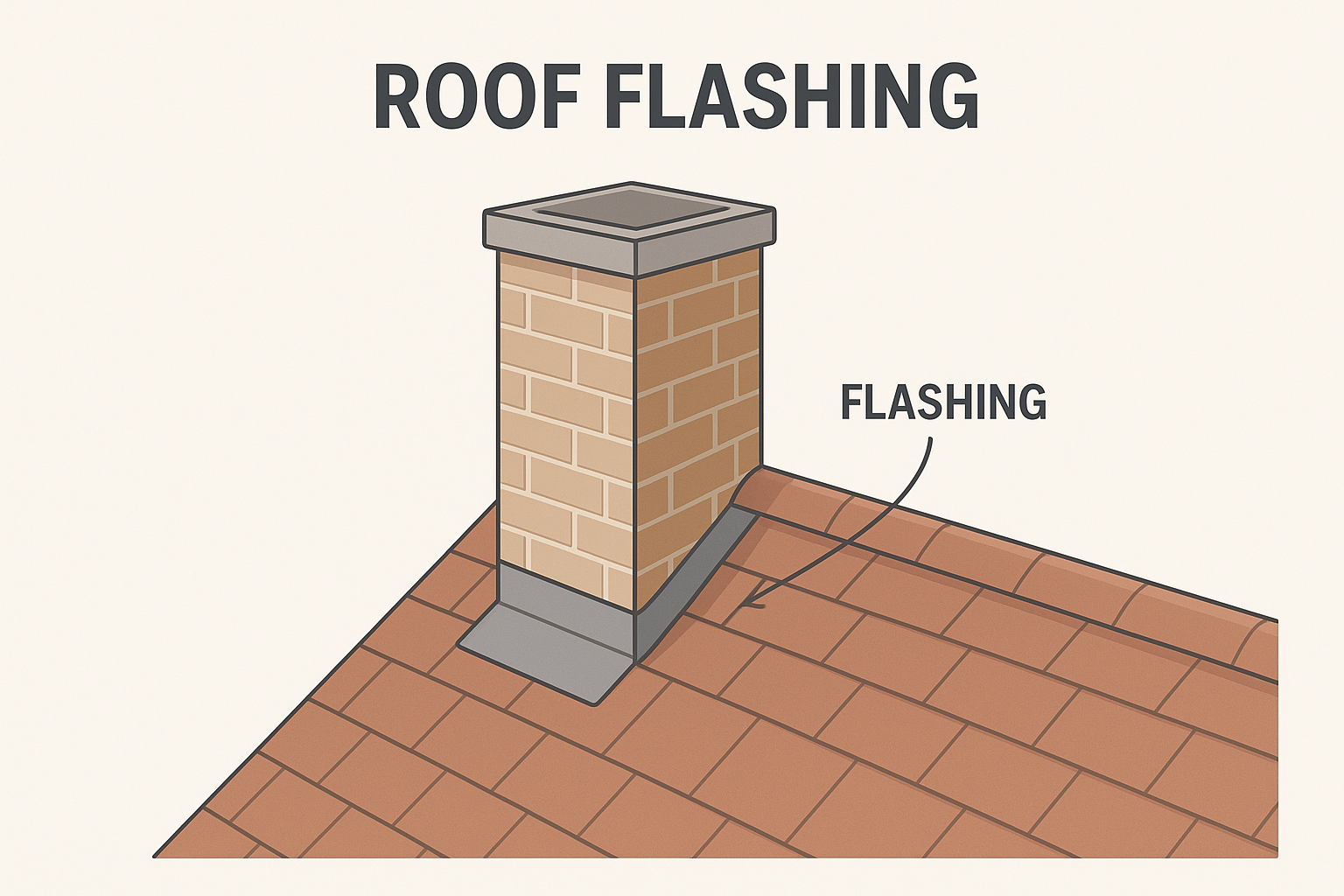
What Is Roof Flashing? Roof flashing is a thin metal material—usually aluminum or galvanized steel—installed around key areas of your roof to prevent water leaks. It’s found where different surfaces meet, such as chimneys, vents, valleys, and skylights. Flashing directs rainwater away from joints and seams, keeping your home safe and dry. Without it, even a new roof could be vulnerable to moisture damage. Why Roof Flashing Matters Your roof is only as strong as its weakest point, and those weak points are usually around openings or intersections. Flashing provides a watertight barrier that: Keeps rainwater from seeping into your attic or ceiling Protects roof decking and framing from rot and mold Extends the overall lifespan of your roof Properly installed flashing is one of the best defenses against roof leaks and costly repairs. Common Places You’ll Find Roof Flashing You can spot flashing around many critical areas on your roof, including: Chimneys: Prevents leaks where brick meets shingles Roof Valleys: Channels water off the roof efficiently Vents and Pipes: Creates a tight seal around roof penetrations Skylights: Keeps moisture from seeping around the frame Drip Edges: Stops water from getting under the shingles along the edges Each of these areas is carefully sealed with flashing to ensure long-term protection from Florida’s heavy rain and humidity. Common Roof Flashing Problems Because flashing is exposed to sun, rain, and wind, it can eventually wear down. Here are signs it may need repair or replacement: Rust or corrosion on metal flashing Cracked or dried-out sealant Loose or missing sections Water stains on ceilings or walls Even small flashing issues can lead to major leaks if ignored. A professional roof inspection can help catch these problems early. Repairing vs. Replacing Roof Flashing Minor flashing problems can sometimes be resealed. However, if the metal is corroded, bent, or incorrectly installed, replacement is the smarter choice. When you get a new roof installation from Ron Russell Roofing, we always install brand-new flashing as part of the system—ensuring every joint, valley, and edge is fully protected. Why Choose Ron Russell Roofing Inc. At Ron Russell Roofing, we treat every roof as if it were our own. Our team takes pride in high-quality workmanship, using durable materials and professional installation techniques that stand up to Florida’s weather. Whether you need flashing repair, a roof inspection, or a full roof replacement, we back every job with confidence and care. Final Thoughts Roof flashing may be a small detail, but it plays a huge role in your roof’s performance. Regular maintenance and inspections help prevent leaks, protect your home, and save you money in the long run. If you’ve noticed signs of roof damage—or it’s been a while since your last inspection—contact Ron Russell Roofing Inc. today for a trusted evaluation from local roofing experts. 📞 Call 904-714-1907 or request an inspection at RonRussellRoofing.com 📍 Serving homeowners throughout Northeast Florida with reliable, long-lasting roofing solutions.
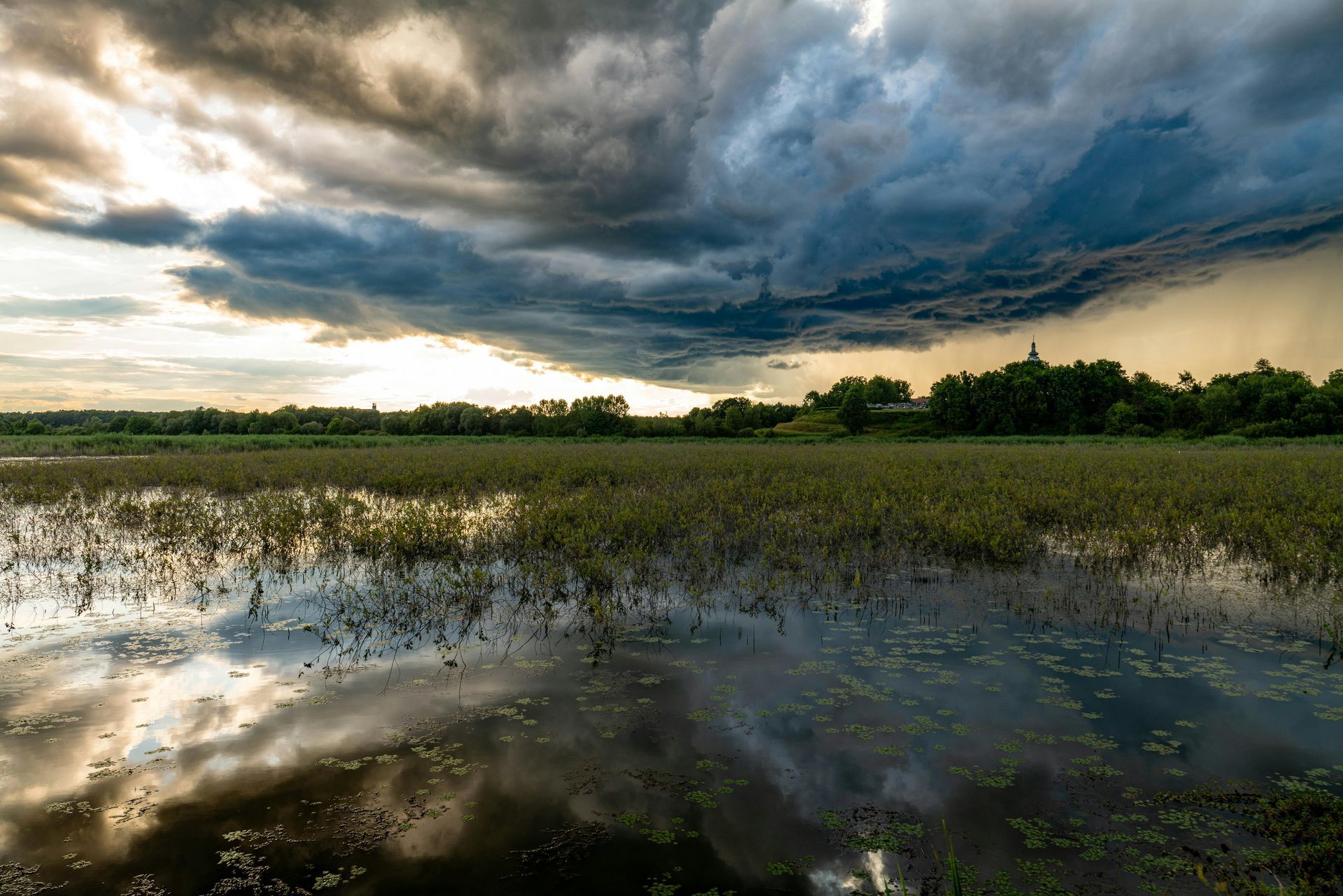
What to Look for After a Hailstorm or Heavy Rain Florida’s weather can be unpredictable—sunshine one minute, pounding rain or hail the next. While your roof is built to withstand the elements, severe storms can leave behind hidden damage that only gets worse over time. After a hailstorm or heavy rain, it’s smart to inspect your roof (or have a professional do it) to catch issues early and prevent costly repairs down the road. Here’s what to look for once the skies clear: 1. Check for Missing or Damaged Shingles Strong winds and hail can loosen, crack, or completely dislodge shingles. Look for: Shingles on the ground or in gutters Bare spots where granules are missing Shingles that appear dented, curled, or lifted Even small imperfections can allow water to seep underneath, leading to leaks and rot later on. 2. Look for Granules in Gutters and Downspouts After hail or heavy rain, you might notice small, sand-like particles washing out of your gutters. These granules come from the surface of asphalt shingles and protect your roof from UV damage. Losing too many means your shingles are wearing out faster than they should. 3. Inspect Flashing and Roof Edges Flashing—the thin metal pieces around chimneys, skylights, and roof valleys—can be bent or lifted by strong wind gusts or debris. Once flashing is compromised, water can easily find its way into your attic or walls. Check for visible gaps, rust, or loose sections. 4. Watch for Leaks or Water Stains Indoors Sometimes, the first sign of roof damage shows up inside your home. After a storm, take a look at your ceilings and upper walls for: Water stains or dark spots Peeling paint or bubbling drywall Musty smells in the attic If you notice any of these, call a roofing professional right away—leaks won’t fix themselves and can lead to mold or structural damage. 5. Don’t Forget the Yard Walk around your property and look for evidence of damage from the ground: Pieces of shingles or flashing in the yard Dented gutters, siding, or vents Fallen branches or debris on the roof Even if everything looks okay from below, hidden storm damage could still be present. 6. Schedule a Professional Roof Inspection Some storm damage isn’t easy to see without proper training or equipment. A certified roofing contractor, like Ron Russell Roofing, can safely inspect your roof, identify issues, and provide documentation if you need to file an insurance claim. Protect Your Home After Every Storm Your roof is your home’s first line of defense against Florida’s weather. After hail or heavy rain, a quick inspection—and timely repair if needed—can save you from bigger headaches later. If you suspect your roof has storm damage, contact Ron Russell Roofing Inc. for a professional inspection and honest assessment. 📞 Call us today or request an inspection online at ronrussellroofing.com
